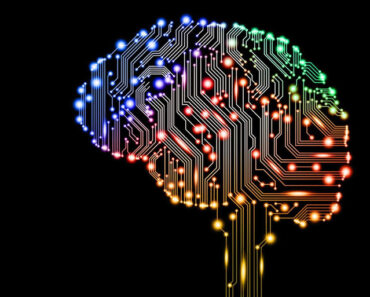Nowadays, especially after the 2008 financial crisis, we hear more and more financial terms like “bail-in” and “bailout”. We who are not economists even see that the heart of a country’s economy beats through local financial and banking institutions. Therefore, banking health directly means “health” of the national economy. All financial transactions are channeled through banks, which act as “intermediaries” for consumers and sellers. The bank has the infrastructure to play that role and is considered a trusted third party who runs most financial transactions. Trust is crucial in online financial payments, because all parties certainly want to avoid, or at least suppress the potential, disputes and fraud.
Conventional Confidence
The conventional system works quite well despite disputes and fraud. The bank resolves the dispute and if necessary cancels the transaction to “uphold justice”, even though the services provided may not be fully canceled. This raises costs that must be borne by the seller, who is “forced” to be more selective in choosing online payments and seeking more client information to ensure the seller receives payment. Therefore, it takes more time and expertise than cash payment transactions. This means the seller has to pass on higher costs to the consumer. Small-value transactions are considered not worth enough because of the large costs incurred, so the opportunity was forced to escape. In addition, fraud may not be 100% insurmountable. Infrastructure, expertise, disputes, and fraud increase transaction costs which are then certainly passed on to consumers.
The importance of trust gives financial institutions enormous advantages and this is manifested in the form of transaction costs.
New Era Trust
What if there is an electronic online payment system that allows both parties, sellers and consumers, to transact directly without the need for financial institutions, without the need for “trusted” third parties such as banks?
This technology has been around for years and is known as a peer-to-peer (P2P) network. Simply put, P2P is two or more connected computers and various resources, files, and all kinds of other data. We know that films, music and videos can be downloaded and shared on the internet. This is common among young people and has sparked much debate about the ethics of file sharing.
Peer-to-peer networks have a fault tolerance (the system still runs normally even though there are components that have problems). This network was originally designed to transmit military messages without being influenced by humans, natural disasters, or technical issues.
The main feature of P2P networks is the autonomous nature without any monitoring from a centralized authority or regulator that facilitates or controls transactions.
New computers can be connected to the network at any time and leave the network at any time without affecting overall operation.
If Alice wants to send a payment of € 10 to Bob, she can send a digital file containing the payment directly to Bob. Because we are discussing online payments, everything is expressed in 0s and 1s, into bits, and digital files are stored on someone’s computer.
Double Spending
P2P technology has existed since 1967 (ARPANET), even before the advent of the Internet, but why are autonomous online payment systems so difficult to come up with? What is preventing Alice from sending payment files to Bob? The answer is double spending or multiple payments.
Mastering the concept of double spending is very important for the success of P2P systems. Double spending occurs when the buyer, with a balance of only € 100 in his account, copies digital files that are worth € 100 and simultaneously sends payments to two different sellers with a value of € 100 for each seller.
The model used by financial institutions is certainly designed to avoid double spending.
Bitcoin
In 2008, a person (or group of people) named Satoshi Nakamoto introduced a P2P cash payment system that addresses the problem of double spending without relying on centralized authority or “trusted” intermediaries. The name of this new payment system is Bitcoin. Nakamoto suggested that every digital Bitcoin registered in a public ledger be stored on all participating computers (called nodes).
Once Bitcoin is used, it will be marked with the status of use and cannot be used anymore to pay. There is no need for a trusted intermediary, there is no need to reverse the transaction because once the transaction is confirmed it cannot be reversed.
Digital signatures, timestamps of transactions, cryptography, and proof of digital work all complement this new system. All of these features will ensure the integrity and authenticity of the transaction.
Conclusion
The vision of the new decentralized digital money system proposed by Satoshi Nakamoto is a direct response to the 2008 financial crisis which resulted in the collapse of many people’s trust in financial institutions. The Nakamoto Proposal outlines all the details on how the new crypto money system works in terms of avoiding the current banking system, limitations and costs associated with the banking system, its effects on transaction and account privacy, and of course the answer to the problem of double spending.











